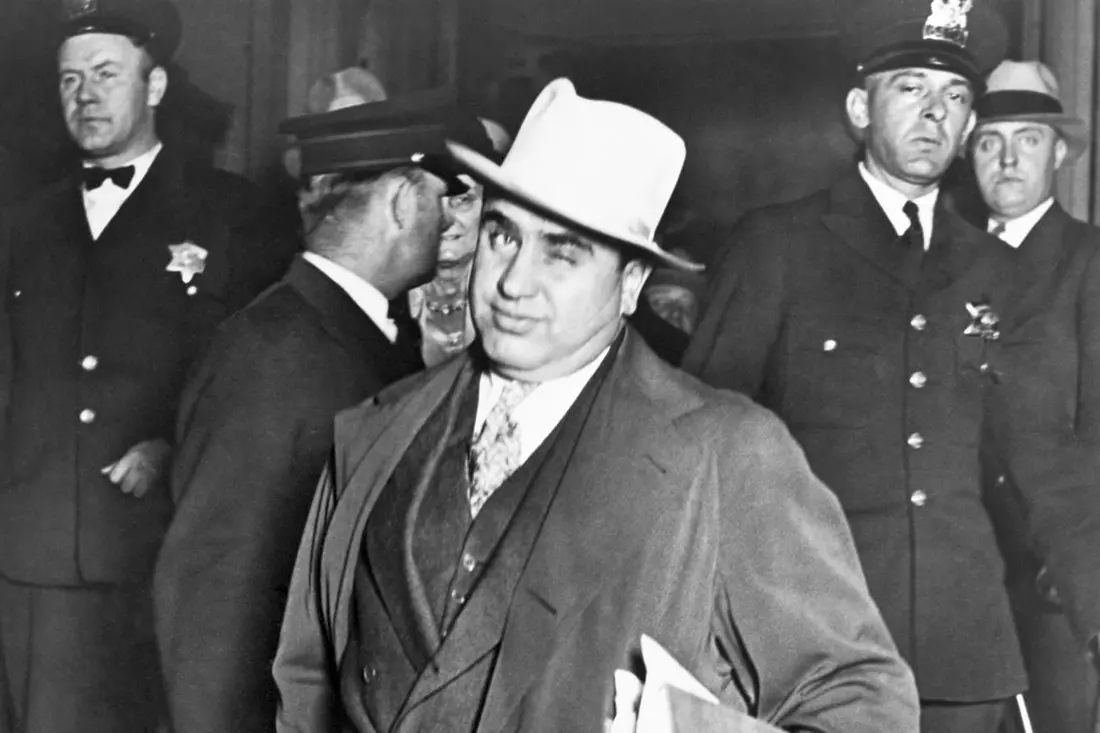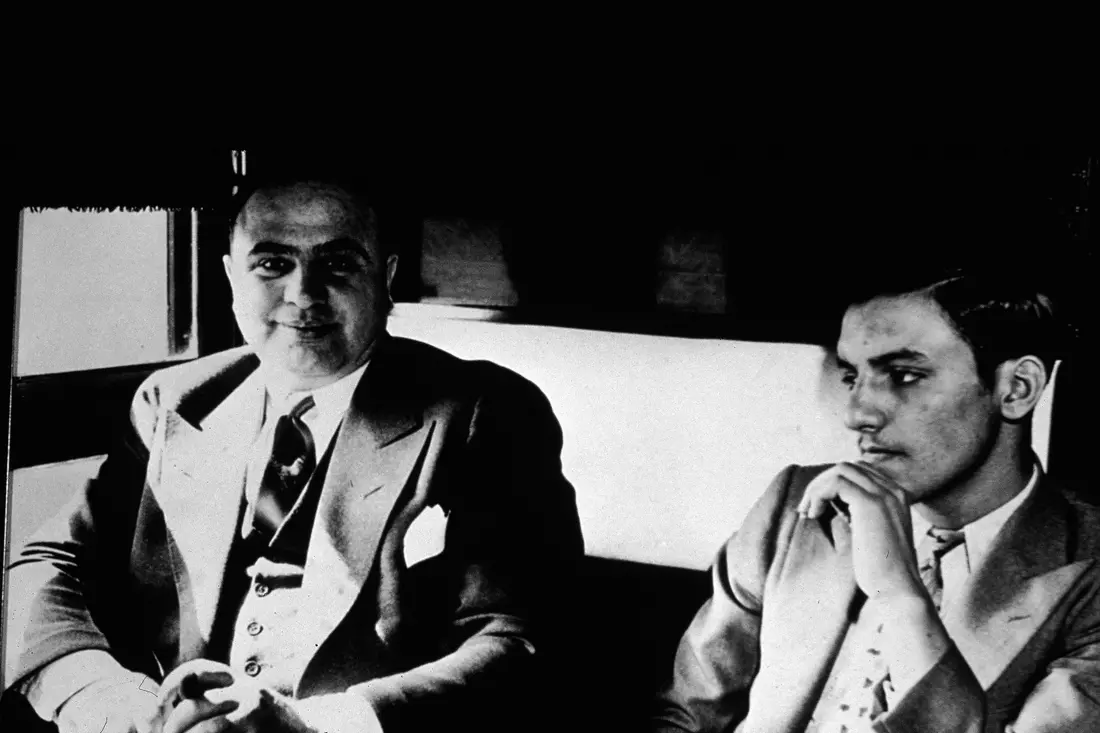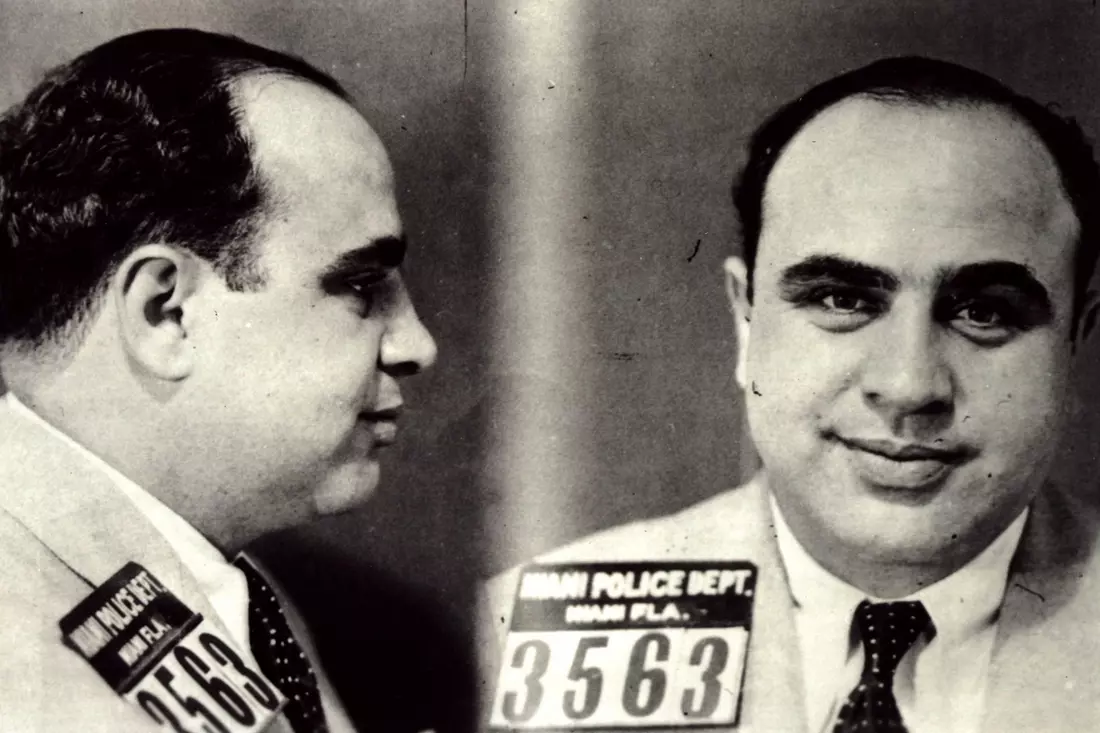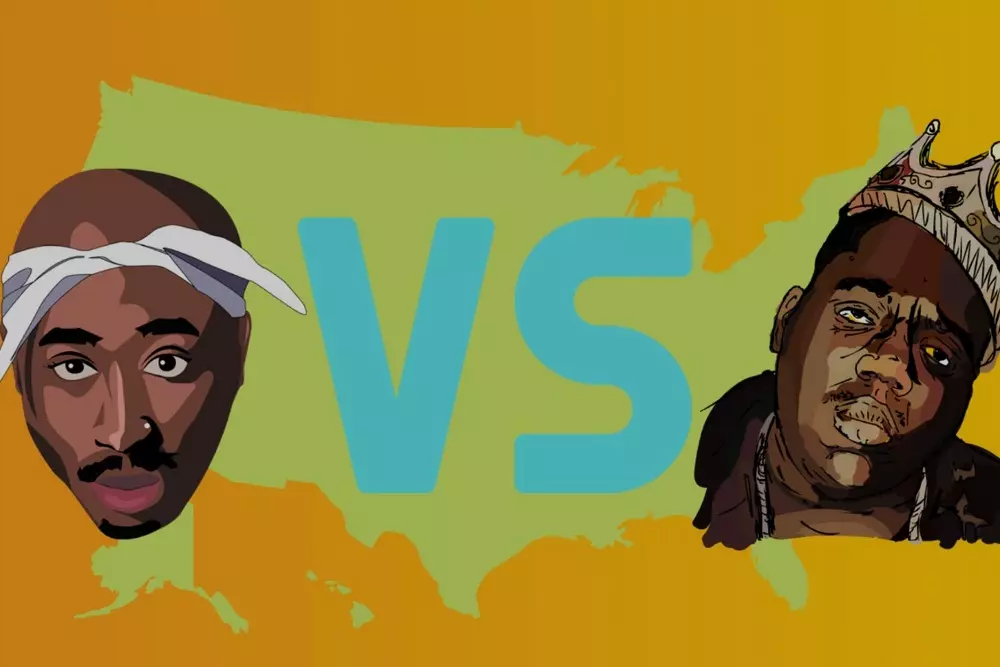The Life and Crimes of the Legendary Gangster Al Capone
American Butler believes the life of this criminal mastermind is worth exploring. From his childhood in Brooklyn to his rise as the mafia boss of Chicago, his vast crime empire, time in Alcatraz, and mysterious death — Al Capone remains a figure of fascin
The world has always been full of crime, but for America, the most violent and lawless times came in the 1920s. Yet the Prohibition era and the Great Depression turned into a golden “cinematic” age. Surely, many of you, dear readers, are fans of crime dramas with a charismatic gangster at the center. And behind nearly every such character stands a real-life prototype — none other than Al Capone, one of the most infamous Italian mobsters in U.S. history.
Thanks to him, the gangster image gained a touch of romanticism, and Hollywood cinema gained timeless classics of the crime drama genre. Of course, the charming outlaw makes a great movie character — but is it truly ethical to treat the mansion of a gangster and killer, even a legendary one like Al Capone, as part of national heritage? Could you live or vacation at 93 Palm?

The Beginning of Al Capone's Journey
The future boss of the Chicago Mafia was born into a family of Italian immigrants. Little Alfonso Gabriel’s homeland became Brooklyn, where his parents had moved from Naples. He was the fourth of nine children and quickly stood out for his aggressive nature.
Capone's criminal story began early: as a teenager, he joined a gang of extortionists and illegal gambling operators called the “Five Points”. His rise continued under the mentorship of none other than Giovanni Torrio — also known as “Papa Johnny” or “The Fox,” a key theorist of the Cosa Nostra. But New York, with its fierce competition and vigilant cops, soon became too tight a space. In 1918, Papa Johnny relocated to Chicago, taking his trusted men with him. Capone embraced the move enthusiastically — he already had two murders under his belt.
His first real battle experience with the “James Street” gang left a permanent scar on his face — a knife wound that would later inspire his infamous nickname. That scar also helped create the iconic pop culture image of “Scarface”, the charismatic gangster from the movie of the same name.

Chicago Gangster Period
Within Torrio’s gang, young Alfonso quickly climbed the ranks from a simple enforcer to the right hand of the notorious “Papa Johnny.” After surviving two assassination attempts and being wounded in a shootout, Torrio decided to retire — leaving his empire to his protégé. At just 26 years old, Capone was running an organization of around 1,000 gangsters and earning an estimated $300,000 a week. Most of the income came from bootlegging and brothels.
According to Al Capone himself, the suburbs of Chicago were “virgin territory for brothels” at the time — a business he pioneered. But it was John Torrio who first suggested how to turn the newly introduced Prohibition Act of January 16, 1919, into a goldmine.
The “dry” 1920s turned into a golden era of speakeasies, iconic cocktails, and brutal mafia turf wars. Early in his Chicago career, Capone joined the Sicilian coalition of mafia families. Within this network, a hit squad known as the “Murder Corporation” was formed — executing orders on behalf of the syndicate.
Over the 14 years of his criminal rule, the Chicago boss gave 400 orders, and a total of 700 murders occurred.
The Bloodiest Massacre
One of the most ruthless and bloody episodes in Al Capone’s criminal career was the infamous massacre he orchestrated on February 14, 1929, in Chicago. By then, Capone had already become the city’s top crime boss. His men, disguised as police officers, executed the top members of rival gangster Bugs Moran’s crew. Moran himself survived by pure chance. The ambush was led by Capone’s hitman George “Machine Gun” McGurn, while the boss was vacationing in Florida. But everyone — from criminals to law enforcement — understood the real mastermind behind it.
Capone was never formally charged, but McGurn eventually met a poetic end: on February 13, 1936, he was found shot dead next to a symbolic Valentine’s Day card. This brutal story was immortalized in the crime film “The St. Valentine’s Day Massacre” and served as the backdrop for the opening scenes of “Some Like It Hot”.

Capone's last years and death
By the 1930s, the American justice system began changing its approach to fighting organized crime. The FBI, led by J. Edgar Hoover, launched a full-fledged campaign against Capone. Journalists were now following his every move. He fled from Chicago to Los Angeles, and later to Miami. Officially, he lived on Palm Island from 1928 to 1947, but in reality, his time there was limited — his prison chapter began in 1929. Capone was convicted for illegal possession of weapons and tax evasion.
Even behind bars, Capone managed to influence others. But his transfer to the infamous Alcatraz prison in 1934 ended his reign for good. He was released early, a shadow of his former self, suffering from late-stage syphilis, according to doctors.
Al Capone’s Final Days in Miami
During the last eight years of his life, partially paralyzed Capone lived in his luxurious Miami mansion, behind a two-meter wall. The address — 93 Palm — is still known to almost every American. It was in this upscale Miami Beach neighborhood that the story of Al Capone, the mastermind behind America’s Prohibition-era crime empire, came to an end.
Al Capone was buried in Chicago — twice. His original grave attracted so many tourists that his family decided to relocate his remains. Recently, real estate listings announced that the 93 Palm mansion was back on the market — for $15 million.

What else is Capone remembered for?
What Else Is Al Capone Known For?
- 01. The business card of the notorious racketeer, killer, and bootlegger read: furniture dealer. He also owned a chain of laundromats — giving literal meaning to the phrase “money laundering.”
- 02. Famous phrases like “You can get much farther with a kind word and a gun than with a kind word alone” and “It’s nothing personal, just business” are attributed to Capone, along with the criminal practice of racketeering.
- 03. Al Capone’s bulletproof Cadillac weighed 3.5 tons. After it was confiscated, it was used by a U.S. president.
- 04. The infamous gangster had a surprising love for music: he composed songs and played banjo in a band called The Rock Island. One of his compositions, “Humoresque,” was sold at a Boston auction for $18,750.
- 05. Capone suffered from severe syphilis, which he left untreated for years. The disease eventually destroyed his brain. In his final years, he lived in his Florida estate, reportedly “with a gun under his pillow,” convinced he was still in control.
- 06. Despite dozens of crimes, Capone was sentenced to 11 years in prison... for tax evasion. The FBI was never able to prove his involvement in contract killings.
- 07. During Prohibition, Capone reportedly made around $100,000 per day — the equivalent of millions today. His criminal empire included speakeasies, casinos, and prostitution.
- 08. After being released from Alcatraz in 1939, he never returned to organized crime. According to witnesses, Capone could no longer distinguish between reality and delusion.
In Miami, you have a unique chance to glimpse the final residence of the most iconic gangster of all time. American Butler pays tribute to Capone’s taste — his mansion is decorated in elegant Art Deco style. We also remind you that we’re always happy to assist with real estate services in Miami.
With American Butler, your experience will always be on the highest level — whether you're renting a cozy studio or a luxurious waterfront villa, we’ve got you covered!




































